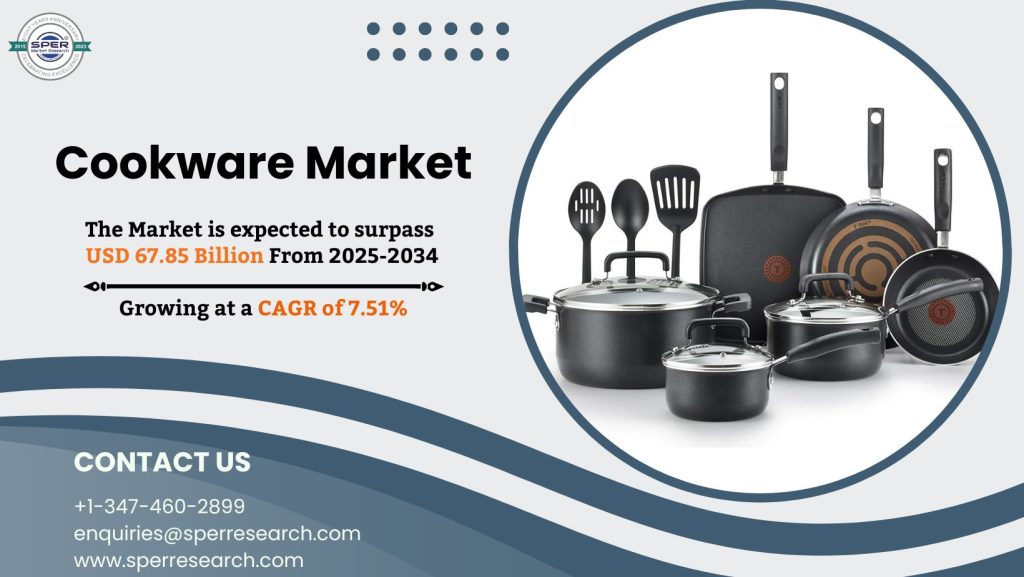Smart pet feeder is a computerized appliance that can be controlled by a smartphone app and is made to provide food for pets on demand or at predefined periods. In order to guarantee that pets receive timely and precise meals even when their owners are away, these feeders help pet owners in managing portion quantities, mealtime schedules, and dietary requirements. Numerous smart pet feeders have Bluetooth or Wi-Fi connectivity, enabling remote control and monitoring. For improved pet connection, certain models come equipped with cameras, speech recording, and integration with smart home devices. They are especially helpful for households with multiple pets, pets with special nutritional needs, and busy pet owners.
According to SPER market research, ‘Global Smart Pet Feeder Market Size- By Pet, By Capacity, By Connectivity, By Sales Channel – Regional Outlook, Competitive Strategies and Segment Forecast to 2034’ state that the Global Smart Pet Feeder Market is predicted to reach 3.37 billion by 2034 with a CAGR of 8.74%.
Drivers:
Growing pet ownership, tendencies toward pet humanization, and hectic lives that necessitate automated feeding solutions are the main factors propelling the smart pet feeder market. Adoption is further accelerated by technological developments like IoT-enabled and app-controlled feeders with scheduling, real-time monitoring, and portion management. The need for accurate feeding solutions is driven by growing concerns about optimal nutrition, obesity prevention, and pet health. Smart pet feeders are now more widely available thanks to the advent of e-commerce and smart home ecosystems. The market is growing as a result of rising disposable income and growing consumer knowledge of pet care products. Innovation and acceptance are also fueled by the need for remote pet monitoring, AI integration, and voice assistants.
Request a Free Sample Report: https://www.sperresearch.com/report-store/smart-pet-feeder-market?sample=1
Restraints:
The market for smart pet feeders is confronted with multiple challenges. Budget-conscious pet owners are discouraged from purchasing these gadgets due to the high initial and ongoing costs. Technical difficulties that interfere with feeding schedules, such as power outages, software bugs, and connectivity challenges, might have an adverse effect on the health of pets. Market penetration is hampered by low awareness and acceptance in emerging nations. Furthermore, not every pet diet will work with smart pet feeders, especially when it comes to wet or raw food. Hacking hazards and other security issues also jeopardize user confidence. Additionally, certain pets can find it difficult to adjust to automatic feeding, which would lessen the efficacy of the product.
North America dominates the smart pet feeder market because of the region’s high pet ownership rates, widespread acceptance of pet technology, and growing need for automated pet care solutions. Some significant market players are Dogness Group, Dokoo, Faroro, PETKIT Australia, Sure Pet Care (Allflex group), Xiaomi, TESLA Solar, s.r.o.
For More Information, refer to below link: –
Smart Pet Feeder Market Growth
Related Reports:
Follow Us –
LinkedIn | Instagram | Facebook | Twitter
Contact Us:
Sara Lopes, Business Consultant — USA
SPER Market Research
enquiries@sperresearch.com
+1–347–460–2899









